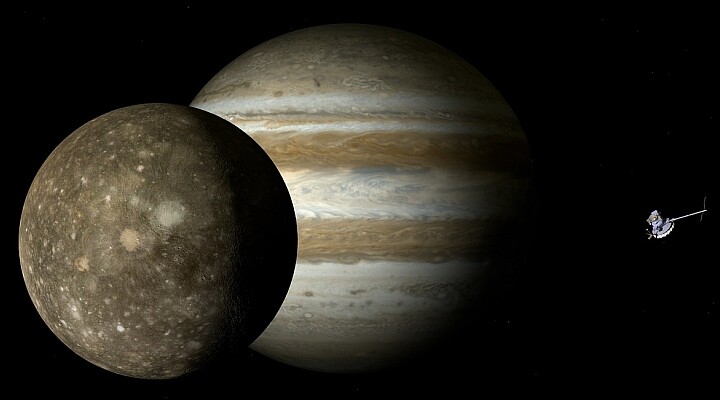Why create a new satellite system, when we could be using (and most of the time are using) GPS? The main reason is not to be dependent on American (GPS), Russian (GLONASS) or any other systems. In 2018, after 13 years of building it was finally completed, and fully functioning since 2019, it became the most precise satellite system.
The European Union countries are cooperating to create and maintain Galileo, and the whole effort is coordinated by the European Space Agency and European Commission.
Galileo vs GPS vs GLONASS
So, is Galileo the same as a GPS or GLONASS? Almost, but there is one very important difference. Both the American and Russian system has been developed primarily for military use, with private and commercial use being just secondary.
This means that Galileo will be fully available even during exceptional situations – such as a war – which will force the USA or Russia to limit or shut down public use of their systems.
Kids orbiting the Earth
The first satellite meant for testing has been sent to space from the Baikonur Cosmodrome in Kazakhstan in 2005. To promote the system and stress its common values (and also probably to differentiate between the satellite easily), each of the satellites bears a name of one child.
Each child is from a different EU and they have earned this honor by winning an art competition. The Czech Republic is represented in Galileo by satellite named David, that was launched in 2012.
The Galileo system comprises of 30 satellites, spinning around the world at 23 222 km above the ground. They are following 3 circular routes, with each road being used by 9 working satellites and one backup.
What can we look forward to?
Galileo started offering its services at the end of 2016. In addition to higher precision than its competitors, its signal also reaches to parts of the world virtually forgotten by GPS or GLONASS.
That’s good news especially for those planning to venture to one of the poles.

